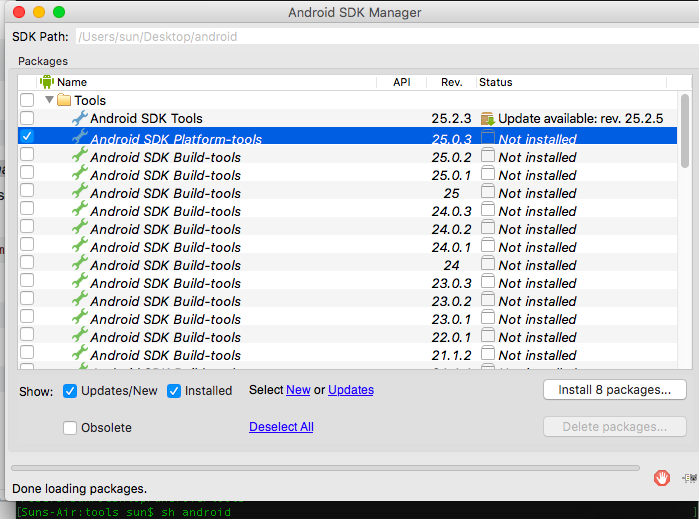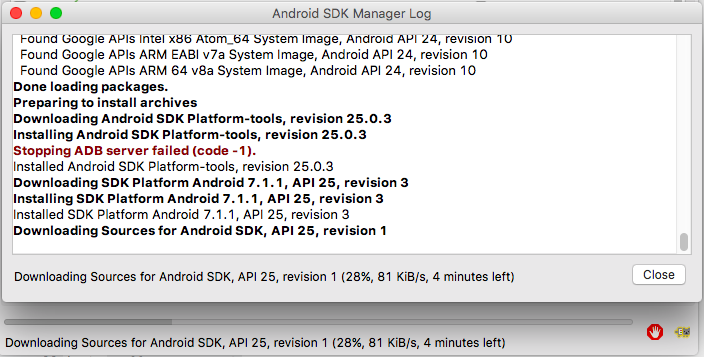I had issues finding a good solid tutorial on how to setup ADB for Mac.
How can I add ADB to macOS in such a way that it can be used in the terminal?
UPDATE
For those reading this post. Yes, as the edited response says. I was at the time looking for a tutorial with all steps as a beginner level guide.
Unlike Set up adb on Mac OS X, the intention of this question is to have a tutorial with all of the required installation steps to get ADB on macOS.



platform-toolsSDK package (which contains theadbbinary) at stackoverflow.com/tags/adb/info – Nomenclator~/Library/Android/sdk/platform-tools/stackoverflow.com/a/17901693 – Sulfide